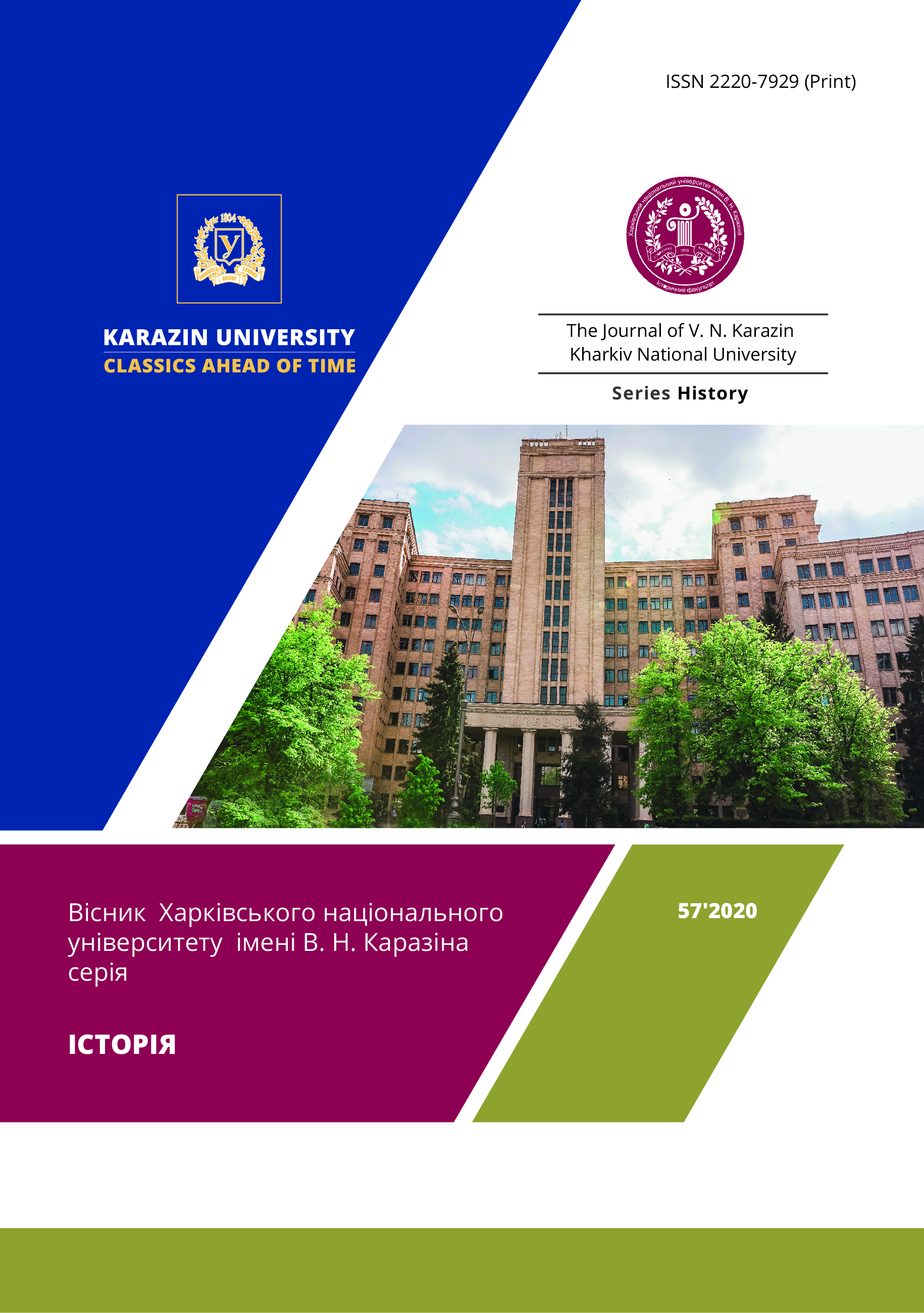Meta-Modern City: the Problem of Authenticity
Abstract
The aim of the article is to analyze the urban research paradigm that has developed at the turn of the XX and XXI centuries in the works of Western experts and the possibility to use it for domestic research. Methodologically, the author relies on the heritage of the Manchester sociological school, which effectively applied the concepts of actor-network theory to analyze the sociology of a city. The city is considered as a single object complex. Its main characteristics are contingent and contextual. The author analyzes the city as a derivative of stable sets of objects and networks of relations. A change in the components that make up a city leads to a change in the entire object. The article notes that in modern urbanism there is another way of classifying cities not according to the principle of geographical location, economic structure, or national identity, but according to the system of forming networks of relations. The author analyzes the linguistic metaphors system, which is used to describe urban space. The problems of metaphor, code and reading, perception of urban space in the form of text are analyzed. The concept of "language" and "text" allows you to create a system of describing a city as a complex phenomenon. In this case, the constructs "modern", "postmodern", "meta-modern" are presented as a system of grammar and punctuation for interpreting the phenomenon of the city. The article notes the difficulties of using the characteristics of a postmodernist and metamodernist city for domestic research. The author suggests that the development of the domestic city in the twentieth century took place according to the scenario of a more radical modernism. As a result, we got a post-Soviet city with a different rationality, which is combined with the modernist principles of architecture and urban planning. The article provides examples of the semiotic analysis of architectural objects. The author concludes that the mental image of the city restructures the physical space, turning it into a personalized network of human life relations.
Downloads
References
Baxandall, M. Painting and Experience in Fifteenth Century Italy. Oxford, 1972.
Fischer, J. Die Architektur der Gesellschaft. Theorien für die Architektursoziologie. Bielefeld, 2009.
Guy, S., Coutard O. STS and the City. Politics and Practices of Hope. Science, Technology and Human Values, vol. 32, no. 6, 2007, pp. 713-34.
Гофман, И. Закрепление форм деятельности. В сб.: Социология вещей. Москва, 2006, c. 54-117.
Дженкс, Ч. Язык архитектуры постмодерна. Москва, 1985.
Кирби, А. Смерть постмодернизма и то, что после. METAMODERN, 26 января, 2017. Available at:
Кнорр-Цетина, К. Социальность и объекты. Социальные отношения в постсоциальных обществах знания. В сб.: Социология вещей. Москва, 2006, c. 267-306.
Ло, Дж. Объекты и пространства. В сб.: Социология вещей. Москва, 2006, c. 223-44.
Лиотар, Ж.-Ф. Состояние постмодерна. Москва, 1998.
Памук, О. Стамбул. Город воспоминаний. Москва, 2003.
Серто, де М. Изобретение повседневности. Санкт-Петербург, 2013.
Зиммель, Г. Большие города и духовная жизнь. Логос, № 3 (34), 2002, c. 1-12.
Вермюлен, Т., Аккер, ван ден Р. Заметки о метамодернизме. METAMODERN, 2 декабря, 2015. Available at:
Yaneva, A. Scaling Up and Down: Architectural Design. Social Studies of Science, no. 35, 2005, pp. 867-94.
Zukin, S. Loft Living: Culture and Capital in Urban Change. Baltimore, 1982.
Copyright (c) 2020 Artemenko A. P.

This work is licensed under a Creative Commons Attribution 4.0 International License.
Authors who publish with this journal agree to the following terms:
- Authors retain copyright and grant the journal right of first publication with the work simultaneously licensed under a Creative Commons Attribution License that allows others to share the work with an acknowledgement of the work's authorship and initial publication in this journal.
- Authors are able to enter into separate, additional contractual arrangements for the non-exclusive distribution of the journal's published version of the work (e.g., post it to an institutional repository or publish it in a book), with an acknowledgement of its initial publication in this journal.
- Authors are permitted and encouraged to post their work online (e.g., in institutional repositories or on their website) prior to and during the submission process, as it can lead to productive exchanges, as well as earlier and greater citation of published work (See The Effect of Open Access).




